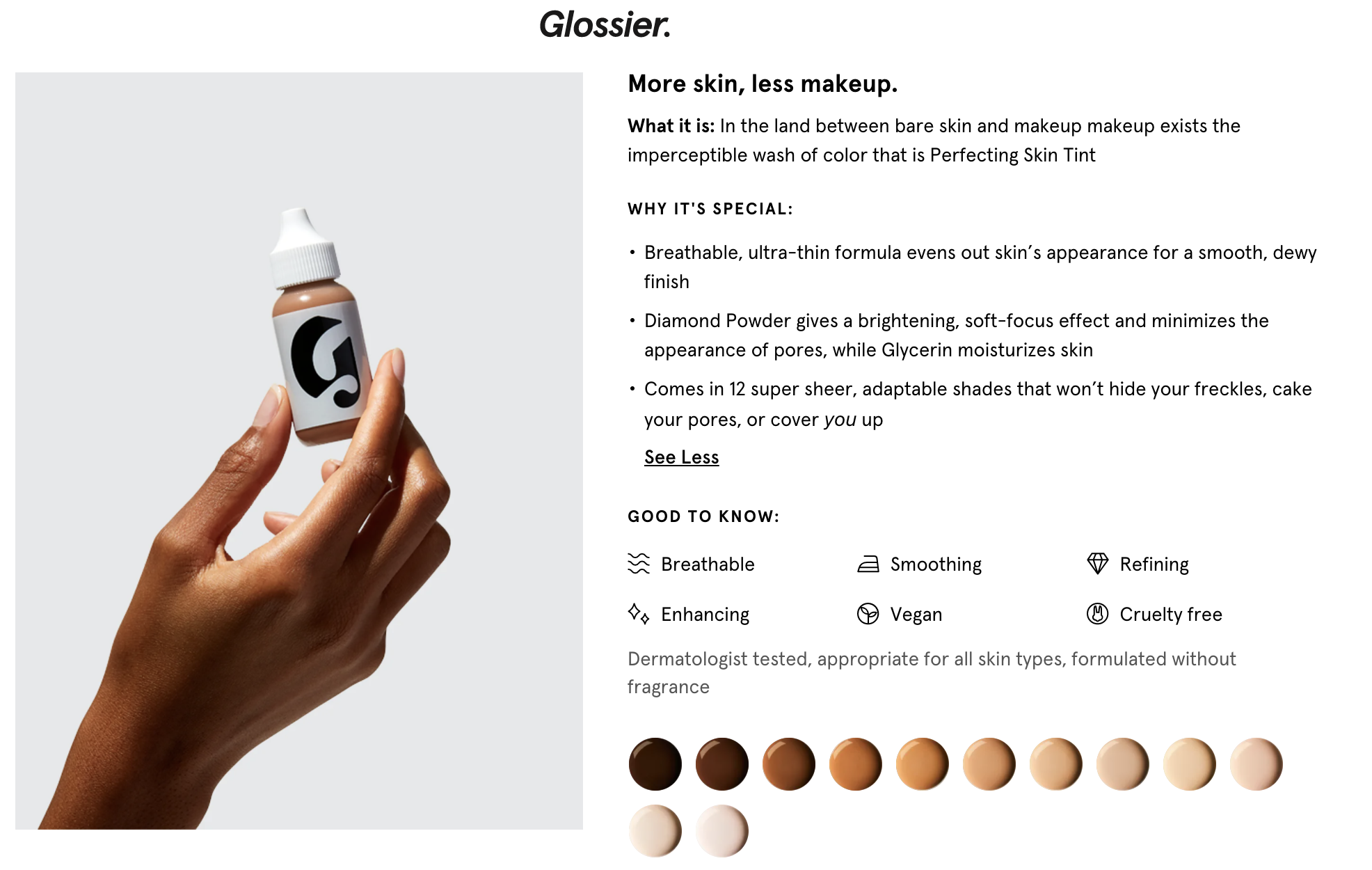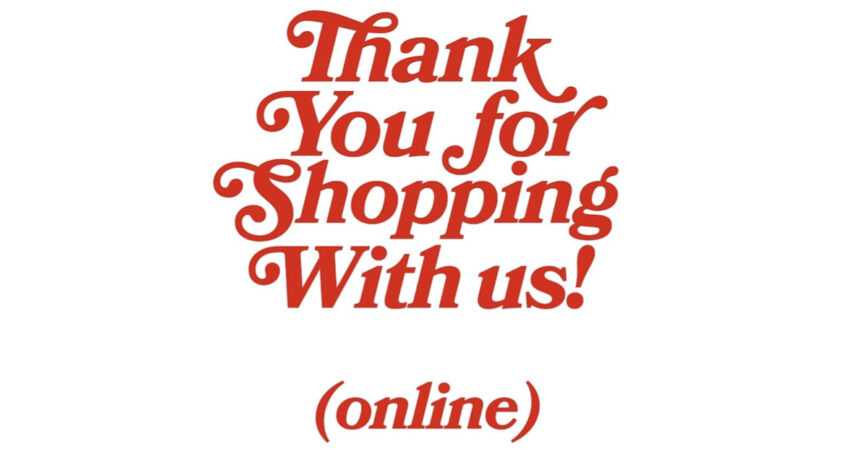All my life I’ve been told I look wholesome. In fact, I’ve been told I’d make a great criminal because I look completely innocuous. The kind of person who, when caught casing someone’s house, is invited in for coffee to look through the family photo album.
Over the years I’ve cultivated this look, by which I mean I’m extremely lazy and don’t pay much attention to beauty products. But recently I went online looking for an undereye color corrector. I did this because I’m over 40 and my family has a tendency to start to look like a darkroom negative of a panda: white all over and dark under the eyes.
I went to Sephora and scrolled through the offerings. I found one that looked promising:

But the bullet list of ingredients and vague, scientific-sounding jargon about benefits were a yawn. I didn’t know why I needed to know that it was made of microalgae, alguronic acid and microalgae oil. The fact that it was made without parabens or phthalates was nice, but also not really the point. What I wanted to know was: Would it make me look like I was 39 and had just gotten back from a Caribbean cruise? Would it camouflage the fact that my cat likes to play with my face every morning at 3 a.m. and I then spend the rest of what should be my sleeping hours worrying about the state of the world?
Turns out, I’m not the only person who’d rather hear a persuasive story than sift through a list of ingredients. Stories are remembered 20 times more than facts alone. According to neuroscientists at Princeton University, when we hear a story our brains light up in the exact same place as the tellers’ brains. Stories cultivate emotion and a sense of connection to others.
Our brains are hard-wired to respond to stories. Facts? Not so much. It’s a tough lesson for brands. After all, a lot of money, research and development, and the time and energy of hundreds of people went into creating that phthalate-free formula. Of course they want to make sure that I, the consumer, understand that this is not just any old thing that someone slapped in a tube and stuck a price tag on. This is REALLY GREAT STUFF. Clients come to Thread with features and benefits they know are NEXT LEVEL, and it’s our job to hold their hands and tell them it will be OK not to lead with the fact that their revolutionary formula is made with flavonoids or without retinyl palmitate. That one of the best things they can do to increase conversion is to give us the freedom to reveal the story that the lists of chemical compounds are obscuring.
How do we do that? By focusing less on the product and more on the person who will be reading the copy: the person, someone not unlike me, who needs a pair of running shoes or a rain jacket or an undereye concealer that makes her look like Princess Fiona before she was turned into an ogre. If we can project ourselves into her life, think a little more deeply about who she is and what she cares about, we can more effectively connect with her. And that connection is what makes her think, "This product is for me. This brand GETS ME."
After a lot more searching I found something I liked:

OK, more a foundation than a color corrector, but I want to live in the land between bare skin and makeup. It sounds like a place where everyone, even me, is fresh-faced and well rested. Yes to imperceptible wash!
Now I’ve got some Glossier in my shopping cart, but I’m still holding out for the undereye color corrector that will make me look like I just returned from Ibiza to find that someone had deep-cleaned my house while I was gone. I know it’s out there.

